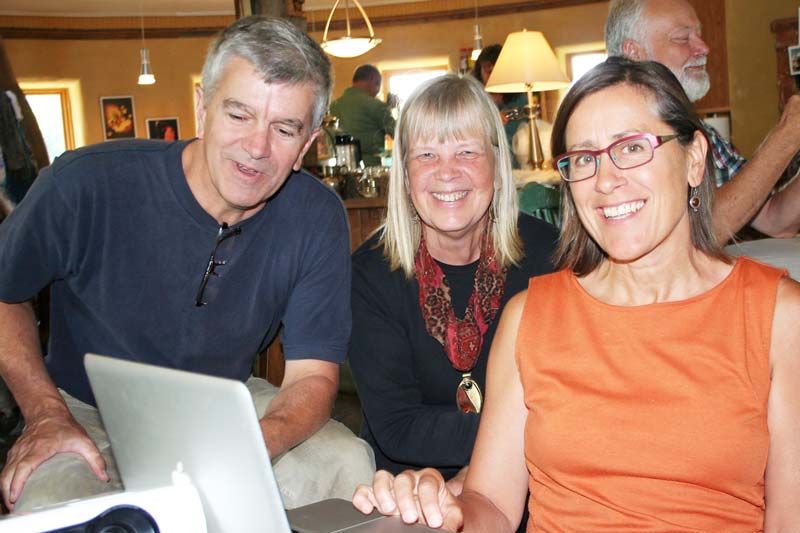Craig Bakay | Sep 13, 2017
“We are at a critical juncture in Ontario — the proverbial fork in the road,” reads the sign-up sheet for Power in the Climate Era, part of Wintergreen Studios’ summer series Healing Earth. “Our hydro prices are amongst the highest in Canada (and we’re feeling it).
“Furthermore, we’re sourcing more than 60 per cent of our electricity from aging nuclear reactors (and) our three nuclear stations are all coming to the end of their lives in the next decade.
“This is a fantastic opportunity to Ontario onto a 100 per cent renewable grid. But is this even possible?”
That’s one of the questions they attempted to answer last Saturday along with the help of featured speakers Angela Bischoff, environmental writer Paul McKay and St. Lawrence College’s Energy Systems Engineering Technology professor Steve Lapp.
“Rena (Wintergreen founding president Upitis) invited me and I came to help generate discussion,” said Bischoff, who has a long history in the environmental movement, currently with the Ontario Clean Air Alliance.
“She almost single-handedly ended coal as a source of electricity generation,” said Upitis.
“It started with phasing out coal,” Bischoff said. “But the provincial energy policy should be about 100 per cent renewable energy rather than rebuilding eight of 10 aging nuclear reactors.”
Bischoff advocates all forms of renewable energy, including wind, water, solar, geothermal and biomass electricity generation.
“We have a 59 per cent surplus on the Ontario energy grid,” she said. “We don’t need aging nuclear facilities.”
In particular, she’d like to close the Pickering nuclear facility, the fifth largest station in North America with six working reactors.
“Pickering was designed to last 30 years,” she said. “It is now 46 and its licence ends in 2018.
“Better options are natural gas, conservation and water power from Quebec.”
More Stories
- Latest CUPW Job Action Stops Postal Delivery Of The Frontenac News Forcing Alternate Plans
- Opponents of Barbers Lake Gravel Pit Pack Ag Hall in McDonalds Corners
- Bobsleigh Olympian Jay Dearborn At Mikes Pizza In Sydenham
- The Roar (Lions Club Of and O'Lakes)
- North Frontenac Back Roads Studio Tour - September 27 and 28
- Sunday Market Vendors Give Back
- George Street Work As Town Hall Renovation Nears Completion
- One Way Street Plan Hits A Dead End - Central Frontenac Council, September 9
- Global Gardening
- No Winner Yet in Catch The Ace But Fundraising Target Met

